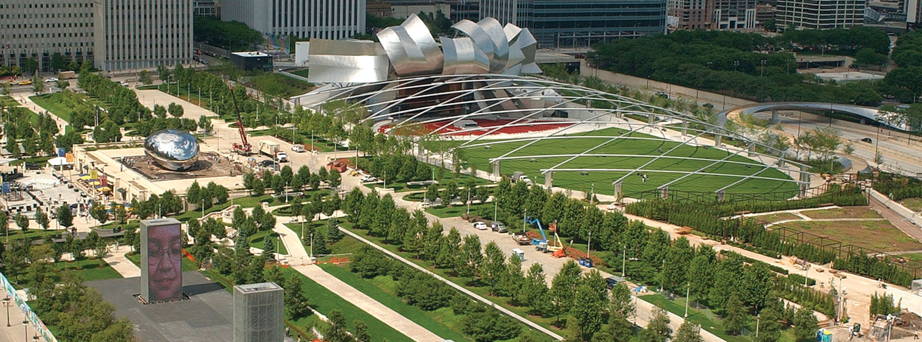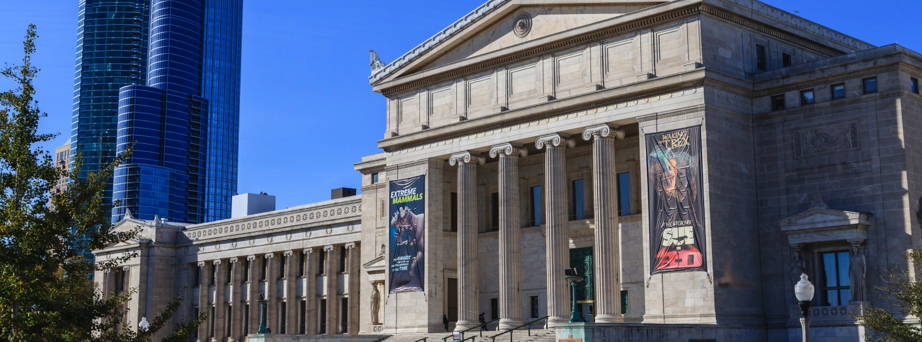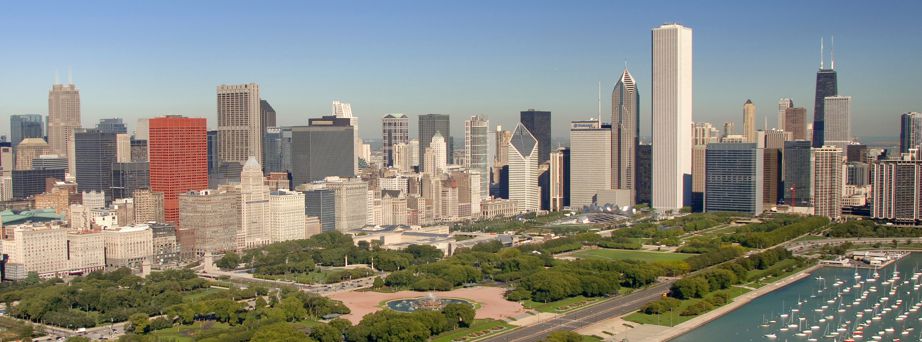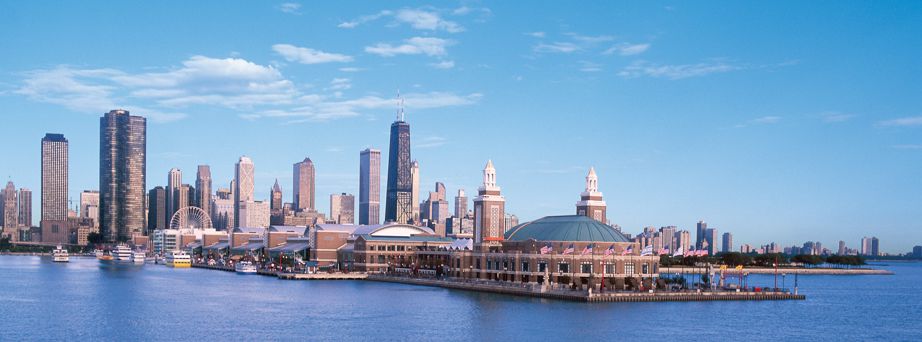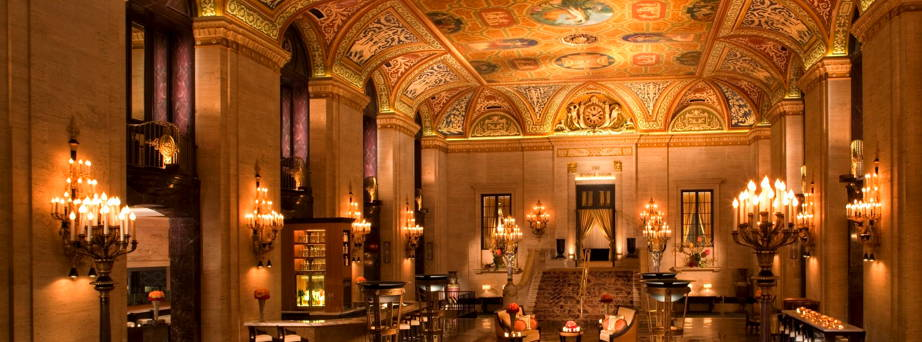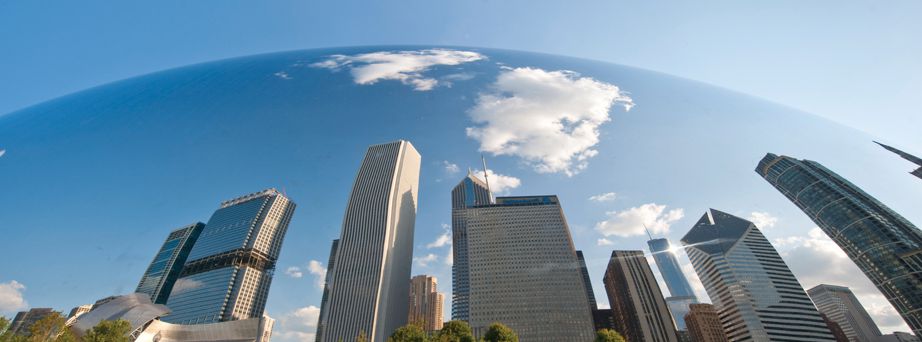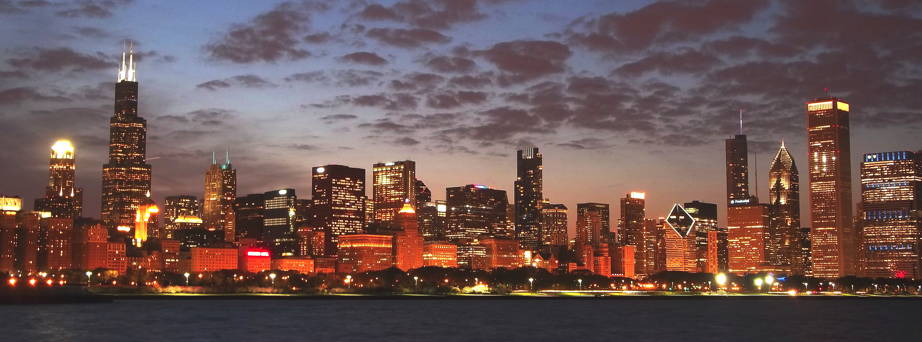About IROS 2014
The IEEE/RSJ International Conference on Intelligent Robots and Systems is sponsored by the IEEE Robotics & Automation Society, the Robotics Society of Japan, the Society of Instrument and Control Engineers, the New Technology Foundation, and the IEEE Industrial Electronics Society. IEEE is a non-profit, technical professional association of more than 377,000 individual members in 150 countries. The full name is the Institute of Electrical and Electronics Engineers, Inc. The IEEE is a leading authority in technical areas ranging from computer engineering, biomedical technology and telecommunications, to electric power, aerospace and consumer electronics, among others. The IEEE Robotics & Automation Society is a very active worldwide research association working on the future of robotics.
The conference will join experts in the field of robotics and automation for technical communications through presentations and discussions. The conference will create a remarkable environment for attendees to explore the frontier of science and technology in robotics and automation. The IROS 2014 edition will last for five days, consisting of two days of workshops/tutorials, three days of technical presentations with plenary talks, exhibitions, technical and non-technical tours, attractive social events, as well as Robotics & Automation Society meetings.
Chicago
Chicago was founded in 1837 at the geographically important location between the navigable waterways of the Great Lakes (Lake Michigan) and the Mississippi River. After its founding, it was the fastest growing city in the world for several decades due in large part to its location. The Chicago flag, four stars between two blue stripes, reflects the importance of Chicago's location: the stars represent important events in Chicago’s history and the two blue stripes represent the Great Lakes and the Mississippi River.
The Great Chicago Fire broke out in 1871 destroying an area of about 12 square kilometers, a major percentage of the city at the time. The fire gave birth to an urban architectural renewal that included legendary architects such as Daniel Burnham, Louis Sullivan, Frank Lloyd Wright, and Ludwig Mies van der Rohe. The first skyscrapers in the world, built using steel-skeleton construction, also appeared in Chicago soon after the fire. Chicago is now an architectural mecca and boasts the tallest building in the US not counting spires (the Willis Tower) and four of the seven tallest in the US (Trump Tower, Aon Center, and the John Hancock Center). The world's tallest building, the Burj Khalifa, was designed by the Chicago firm of Skidmore, Owings, and Merrill.
In 1893, Chicago hosted the World's Columbian Exposition (the "White City"), where the first Ferris wheel was unveiled. The Chicago Museum of Science and Industry is the only major building remaining from the Columbian Exposition. The University of Chicago is built largely on the site of the Exposition.
The Chicago River, which runs through the center of downtown Chicago, originally flowed into Lake Michigan. Pollution from the city found its way to water intakes in Lake Michigan, fouling the drinking water for Chicagoans. In 1900 a major public works project was completed to reverse the flow of the Chicago River using a series of locks. The river now flows from Lake Michigan toward the Mississippi River. This achievement was named a "Civil Engineering Monument of the Millennium" by the American Society of Civil Engineers.
Today, Chicago is the third largest city in the US, after New York and Los Angeles, with 2.7 million people in the city itself and nearly 10 million in the surrounding "Chicagoland" area. O'Hare International Airport is the second busiest in the world. Chicago is home to several major universities, including Northwestern University, the University of Chicago, the University of Illinois at Chicago, and the Illinois Institute of Technology. It is home to a thriving sports, arts, theater, improvisational comedy, and music scene. Chicago's nicknames include the “Second City” (due to its relationship to New York City; this nickname was also adopted by the famed comedy troupe), the “Windy City” (thought to be due to the weather or perhaps the windbag politicians), and the “City of Big Shoulders” (from a poem by Carl Sandburg).
The Palmer House Hilton
The first Palmer House, known simply as "The Palmer," was built as a wedding present from Potter Palmer to his wife Bertha Honore Palmer. It opened on September 26, 1871, but burned down just 13 days later in the Great Chicago Fire.
Potter Palmer began construction on the second Palmer House immediately after, completing the seven-story building in 1875. It was one of the most lavish hotels in the world at the time.
As business in Chicago continued to boom, supporting a larger hotel, a third Palmer House was built on the site of the second. It was built in stages so that the hotel was never closed. Construction of the 25-floor building was completed in 1925. In 1945 the Palmer House was acquired by Conrad Hilton, becoming the Palmer House Hilton. Today the Palmer House Hilton is well known for its prime location in the Chicago Loop and its extravagant Beaux Arts ceiling mural in the lobby.
The Loop
"The Loop" refers to the central business and arts district of Chicago where the Palmer House Hilton is located. It is believed that the name of "the Loop" derives from the fact that Chicago L trains (elevated trains) run in a loop around this area.
Things to Do
For information on things to do in Chicago, check out the conference website www.iros2014.org, the Choose Chicago website https://www.choosechicago.com/, or tripadvisor.com. The Palmer House Hilton is in a prime location for many Chicago attractions. Attractions within walking distance or a short taxi ride include the Art Institute of Chicago, the Field Museum of Natural History, the Shedd Aquarium, the Adler Planetarium, Navy Pier, the Cloud Gate sculpture (affectionately known as "the Bean") at Millennium Park, shopping on State Street or the Magnificent Mile (North Michigan Avenue), many theaters, the Lyric Opera, the Chicago Symphony Orchestra, the Chicago Cultural Center, boat cruises of the river and lake, and famous architecture such as the Willis Tower, John Hancock Center, the Tribune Tower, the Trump Tower, the Wrigley Building, and the Rookery.
Safety
The area around the Palmer House Hilton is popular with tourists and is safe to walk at all hours. You may encounter panhandlers requesting coins, but they should not be aggressive.
Copyright © IROS 2014. All Rights Reserved.





